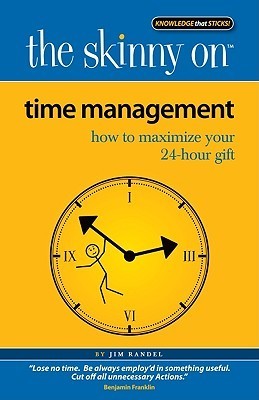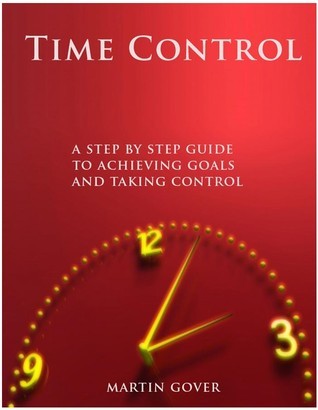
Manage Your Day-to-Day: Build Your Routine, Find Your Focus, and Sharpen Your Creative Mind
Book Description
Unlock your potential and transform chaos into creativity. Through vibrant insights and practical strategies, “Manage Your Day-to-Day” becomes your personal guide to crafting unbreakable routines, sharpening your focus, and igniting your creative spark. Dive into a world where time becomes your ally, distractions fade away, and every moment is ripe with possibility. Each chapter is a powerful scene that propels you toward mastery of your daily life, urging you to seize control of your mind and environment. Are you ready to reshape your reality and unleash your boldest ideas?
Quick Book Summary
"Manage Your Day-to-Day" by Jocelyn K. Glei is a practical and insightful guide designed to help modern professionals regain control over their time, harness their creative energy, and develop resilient habits in the digital age. Through contributions from leading creatives, entrepreneurs, and productivity experts, the book highlights the importance of building intentional routines, managing distractions, and creating space for deep work amidst daily chaos. It offers actionable advice for protecting creative time, establishing boundaries, and nurturing focus. By showcasing real-world strategies and emphasizing the value of consistency over intensity, the book empowers readers to move from reaction to intention, allowing them to unlock their best ideas and achieve sustainable productivity.
Summary of Key Ideas
Table of Contents
Building Intentional Routines
Modern work environments are rife with distractions, making it hard to focus on creative tasks that require deep engagement. The book begins by stressing the necessity of building intentional routines tailored to an individual’s biological rhythms and creative energies. By carving out dedicated times each day for creative work, professionals can shield themselves from the constant demands of email, meetings, and notifications. The advice encourages readers to treat creative time as non-negotiable appointments and highlights the value of morning routines in harnessing peak energy levels.
Prioritizing Deep, Creative Work
Sustained creativity and productivity depend greatly on limiting the ever-present digital distractions in our lives. Social media, email, and smartphones can fragment our attention and diminish our capacity for meaningful work. The book suggests practical strategies like setting boundaries around device usage, batching communication times, and engaging in regular digital detoxes. By being proactive about these interruptions, readers can regain lost focus and create mental space necessary for innovation and problem-solving.
Managing Distractions and Digital Overload
Central to the book’s approach is the concept of deep work – working with single-minded attention on demanding tasks. Contributors discuss methods for cultivating flow states, such as limiting multitasking and clarifying daily priorities. Establishing environments with minimal distractions and setting clear intentions for each creative session allows individuals to immerse themselves more fully and produce work of higher quality and depth.
Cultivating Sustainable Habits
Building sustainable creative habits is another core theme, with the book emphasizing consistency over intensity. Small daily practices—such as writing every morning or sketching during breaks—build momentum and reinforce discipline. The contributors advocate for habit-stacking, accountability systems, and tracking progress as ways to solidify new routines. Over time, these habits compound, leading to significant growth and output without risking burnout.
Protecting Creative Energy Through Boundaries
Finally, "Manage Your Day-to-Day" underscores the importance of protecting creative energy by setting boundaries, both physical and psychological. This includes learning when to say no, creating spaces conducive to concentration, and ensuring rest and renewal are integral parts of the routine. By respecting their own limitations and needs, readers can maintain long-term creativity and well-being, ultimately enabling their best work and boldest ideas to flourish.
Download This Summary
Get a free PDF of this summary instantly — no email required.





